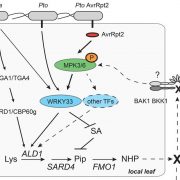
Plant Systemic Immunity Comes Full Circle: A Positive Regulatory Loop for Defense Amplification
The Plant Cell, The Plant Cell: In BriefThe plant immune system is effective in conferring resistance to various invading pathogens and pests. Membrane-localized pattern recognition receptors (PRRs) and intracellular nucleotide-binding domain, leucine-rich repeat proteins (NLRs) recognize pathogen-associated molecular patterns and pathogen…
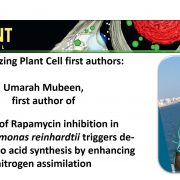
Recognizing Plant Cell first authors: Umarah Mubeen
The Plant Cell, The Plant Cell: Author ProfilesUmarah Mubeen, first author of Target of Rapamycin inhibition in Chlamydomonas reinhardtii triggers de-novo amino acid synthesis by enhancing nitrogen assimilation
Current Position: Doctoral student Max Planck Institute of Molecular Plant Physiology (MPIMP), Potsdam, Germany
Education: MS Industrial…
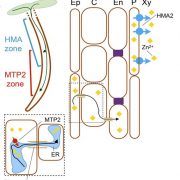
Don’t Go Grocery Shopping When Hungry! Systemic Signaling in Zinc Homeostasis
The Plant Cell, The Plant Cell: In BriefGoing grocery-shopping on an empty stomach is a bad idea. You’re bound to make poor decisions, not based on nutritional content of the food but based on temporary cravings that will leave you asking for more later. Plants face this nutritional puzzle every day, since they eat where they shop, and shop…
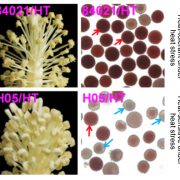
Handling the Heat - Methylome Variation Underlying Heat Tolerance in Cotton
The Plant Cell, The Plant Cell: In BriefPlants must accommodate many stresses in order to grow and reproduce normally. Heat stress in particular can negatively affect anther development in flowering plants, leading to male-sterile flowers that produce indehiscent anthers and sterile pollen, and consequently are not capable of sexual reproduction.…

Nectary Specification in Petunia and Arabidopsis
The Plant Cell, The Plant Cell: In BriefStudies of flower development have lots of information about petals, carpels, and stamens, but let’s not forget the birds and the bees—and the flies and moths—and what draws pollinators to insect-pollinated flowers, including flower color, shape, and rewards that provide energy. For example, to…

Plant Cell Editor Profile: Joseph J. Kieber
Blog, The Plant Cell, The Plant Cell: Editor Profiles
(Reprinted from The Plant Cell 10.1105/tpc.18.00110)
At the crux of understanding plant biology lies the intricate hormone circuitry coordinating morphological and physiological changes as plants grow and adapt to their environment. As a curious middle school student in Locust, New Jersey, Professor…

Natural Artist: How a Protein Kinase Helps Sculpt the Pollen Grain Surface From the Inside Out
Blog, The Plant Cell, The Plant Cell: In BriefFinding genes that function in plant development often requires mutant screening, but probing the wealth of natural variation can provide important insights as well. A major focus of developmental biology is uncovering the mechanism behind cell polarity, that is, how components are deposited asymmetrically…
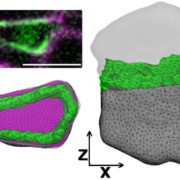
Busted: Finding Cells Whose Division Planes Defy Prediction
Blog, The Plant Cell, The Plant Cell: In BriefEvery plant organ, from tuber to tepal, is formed by cells that divide along precisely placed cell plates. While much is known about the molecular biology behind cell plate formation (e.g., Gu et al., 2016), why cells divide where they do is much less clear. Dividing cells have much in common with soap…

Recognizing Plant Cell first authors: Byung Ha Lee
The Plant Cell, The Plant Cell: Author ProfilesByung Ha Lee, first author of Arabidopsis protein kinase D6PKL3 is involved in formation of distinct plasma-membrane aperture domains on the pollen surface
Current Position: Postdoctoral Researcher, Department of Molecular Genetics and Center for Applied Plant Sciences, The Ohio State University,…

